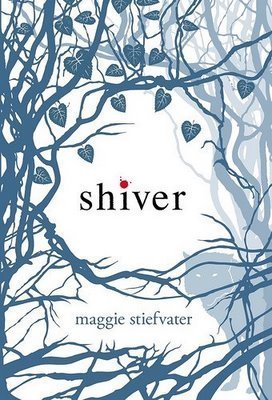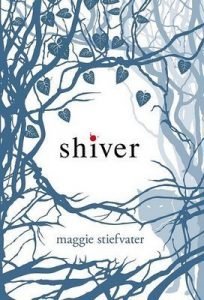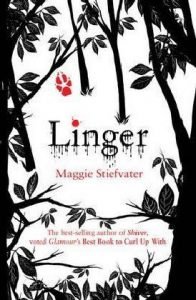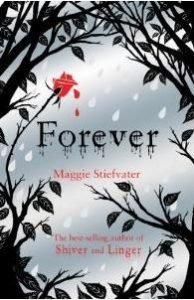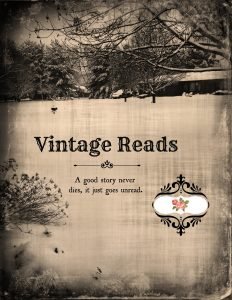The Bitter Side of Sweet is a book that shows the darker side of chocolate production as told through the eyes of a young teenager. It is appropriate for older teens as it has mature themes.
Synopsis
Fifteen-year-old Amadou counts the things that matter. For two years what has mattered are the number of cacao pods he and his younger brother, Seydou, can chop down in a day. This number is very important. The higher the number the safer they are because the bosses won’t beat them. The higher the number the closer they are to paying off their debt and returning home to Moke and Auntie. Maybe. The problem is Amadou doesn’t know how much he and Seydou owe, and the bosses won’t tell him. The boys only wanted to make some money during the dry season to help their impoverished family. Instead they were tricked into forced labor on a plantation in the Ivory Coast; they spend day after day living on little food and harvesting beans in the hot sun—dangerous, backbreaking work. With no hope of escape, all they can do is try their best to stay alive—until Khadija comes into their lives.
She’s the first girl who’s ever come to camp, and she’s a wild thing. She fights bravely every day, attempting escape again and again, reminding Amadou what it means to be free. But finally, the bosses break her, and what happens next to the brother he has always tried to protect almost breaks Amadou. The old impulse to run is suddenly awakened. The three band together as family and try just once more to escape.
Pros:
- an accurate and thorough portrayal of what the chocolate trade looks like
- believable characters that make you think and feel.
- educational (learn about how the chocolate we consume is made)
- action moves the story line forward.
- the feelings of Amadou are accurate and well done for a male protagonist.
Cons:
- there is some language during stressful times (about five words for the entire book).
- graphic violence/abuse against children (this book is not for the more sensitive reader)
Conclusion:
I really enjoyed this book. It opened a whole new world to me and made me more conscientious of the chocolate I consume. The characters were rich and unique and the author did a great job of drawing you in to the danger. This book is definitely best for an older or more mature teen as it deals with some difficult truths. A great book for discussion. The loss of the half star is due to the language and violence.
Discussion Questions:
- If you were in Amadou’s place would you have done the same as him? Write a pros and cons list to leaving the farm.
- Have an in class debate for and against consuming chocolate based on the information that you learned from this book.
- Research the process of making chocolate from start to finish.
- Research what “fair trade” chocolate is and where people can obtain it.



 yesteryear’s childhood. Elizabeth Enright created a family of four siblings who live an “ordinary” life in New York City, yet their minor escapades become “special” adventures. Set in 1941 before America entered World War II, the Melendy children are a little bored. They decide to pool their allowances so each can afford a solo adventure in the City on Saturday afternoons.
yesteryear’s childhood. Elizabeth Enright created a family of four siblings who live an “ordinary” life in New York City, yet their minor escapades become “special” adventures. Set in 1941 before America entered World War II, the Melendy children are a little bored. They decide to pool their allowances so each can afford a solo adventure in the City on Saturday afternoons.

